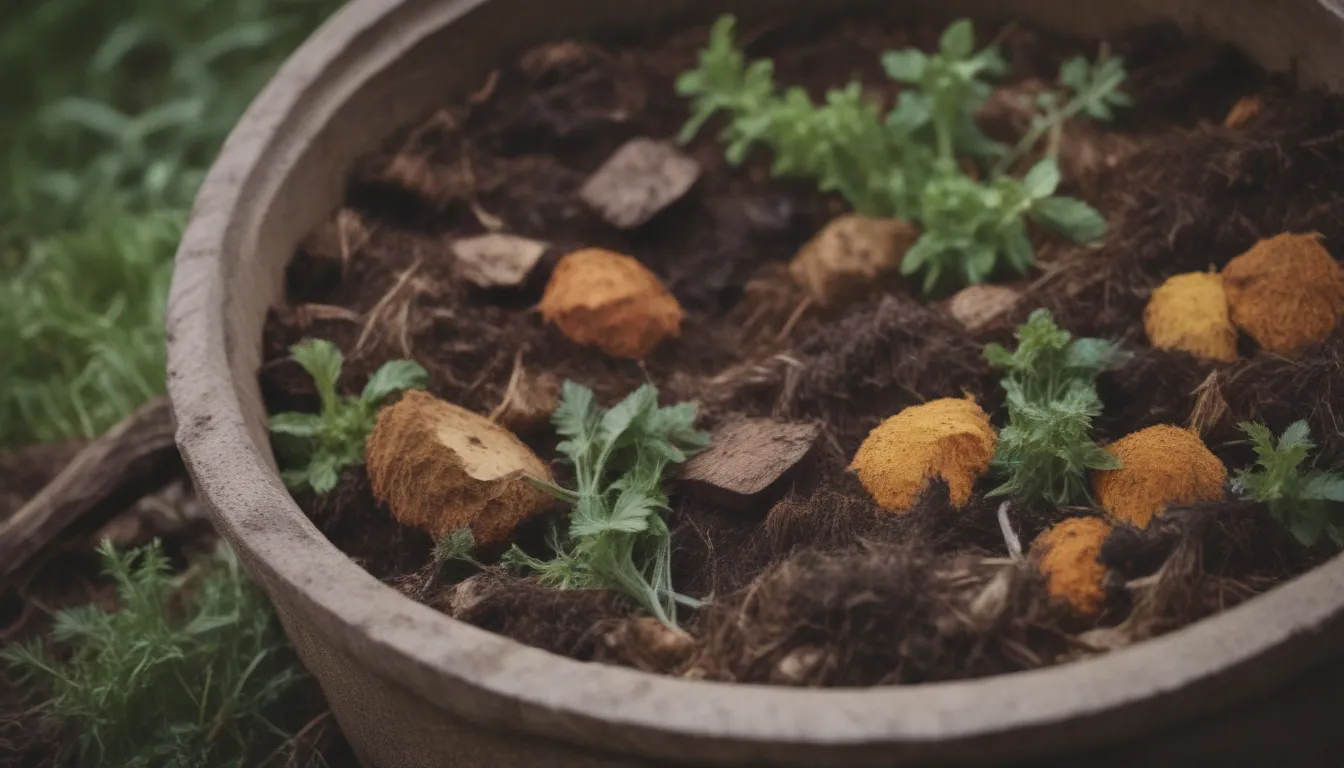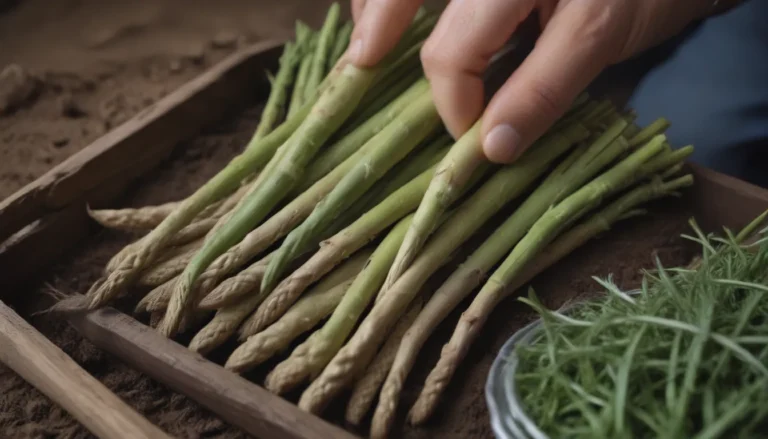Mastering Hot Composting: A Guide to Making Compost Efficiently

Welcome to the world of hot composting! If you’re looking to create nutrient-rich compost in less time, this method is perfect for you. In hot composting, the goal is to optimize microbial activity within the pile to speed up the composting process. With the right strategies and a bit of commitment, you can have finished compost ready to use in your garden beds or for topdressing in no time. Let’s dive into the details of hot composting and learn how to make compost efficiently.
Hot Composting Basics
Hot composting involves creating a compost pile that reaches high temperatures through active microbial activity. To ensure success with hot composting, here are some basics to keep in mind:
-
Size Matters: The size of your compost bin or pile plays a crucial role in hot composting. Aim for a pile that is at least four feet wide by four feet high to generate enough heat within the materials.
-
Location: Place your compost pile in a sunny area to maximize heat absorption. Shaded areas may slow down the composting process, so sunlight is key for hot composting success.
-
Materials: Gathering the right materials for your hot compost pile is essential. You’ll want a mix of carbon-rich and nitrogen-rich ingredients to fuel microbial activity and heat production.
Items That Can Be Hot Composted
When building your hot compost pile, ensure you have the following materials on hand:
Carbon-Rich Ingredients
- Dry leaves
- Straw
- Sawdust
- Cardboard
- Newspaper
Nitrogen-Rich Ingredients
- Grass clippings
- Vegetable scraps
- Coffee grounds
- Manure
- Green plant trimmings
Remember to chop these ingredients finely to accelerate the decomposition process. Mixing in finished compost or soil can also help kickstart microbial activity within the pile.
Maintaining a Hot Compost Pile
To keep your hot compost pile thriving, focus on monitoring soil temperature and moisture levels. Here’s how to maintain a successful hot compost pile:
-
Temperature: Aim for a compost pile temperature of 130 to 140 degrees Fahrenheit. Monitor the temperature regularly with a soil/compost thermometer or by feeling the heat with your hand.
-
Moisture: Keep the contents of your compost pile moist, similar to a wrung-out sponge. Dry conditions can slow down decomposition, while excess moisture can lead to anaerobic conditions and odors.
-
Turning: Regularly turn your compost pile to aerate the materials and stimulate microbial activity. This helps distribute heat evenly and ensure thorough decomposition.
-
Troubleshooting: If your pile is too dry, water it thoroughly. If it’s too wet, add high-carbon materials like shredded newspaper to absorb excess moisture.
Finished Compost
After about three weeks of maintaining your hot compost pile, you’ll be rewarded with dark brown, crumbly compost ready to enrich your garden soil. Depending on environmental conditions, such as temperature and rainfall, your compost may be ready sooner or later.
In conclusion, hot composting is a rewarding method that yields nutrient-dense compost in a fraction of the time compared to traditional composting. By following these tips and staying attentive to your compost pile’s needs, you can create high-quality compost for your gardening endeavors. Happy composting!





